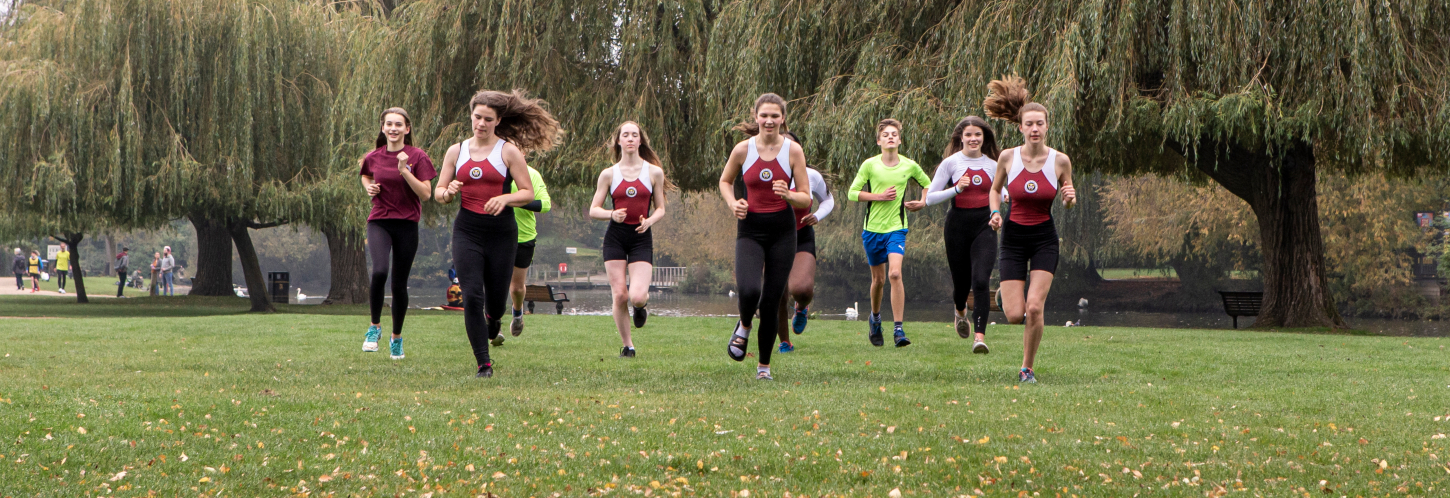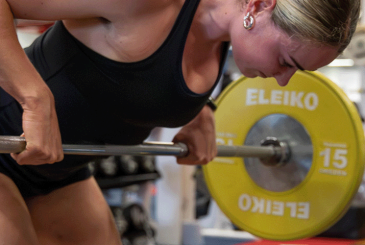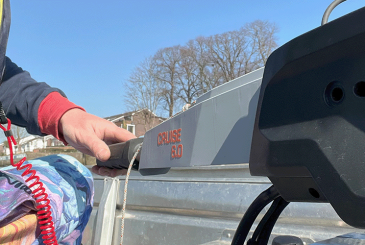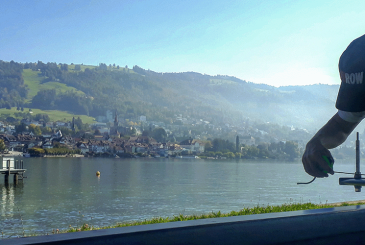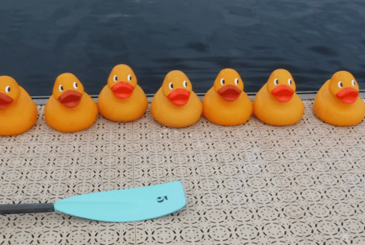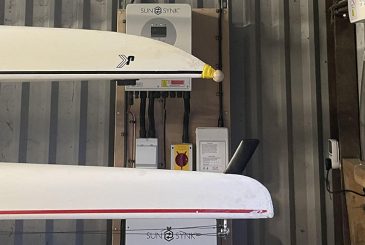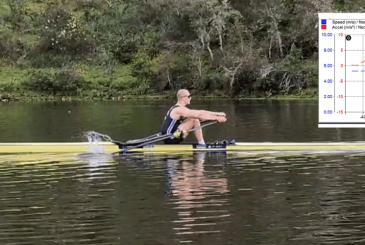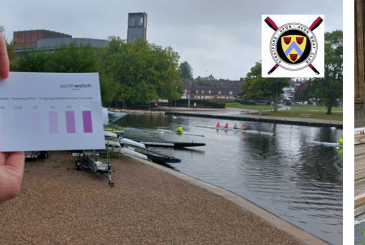Jess Harris is one of three Henley Royal Regatta Charitable Trust Coaches working with schools to make rowing available to children who wouldn’t normally be able to access the sport. She provides some tips below on how your club and coaches can enable more youngsters from all backgrounds to enjoy rowing
Not every child has the latest smartphone. Not every child has the newest trainers. Not every child has a nuclear family with regular meals, income, transport, care, role models…. never mind having the glossiest boat, blades and ‘free-speed’ sunglasses ready to be lost in the murky waters.
Once things return to normal, why not start the conversation to find out the hurdles that your young rowers face and how you can work together to make their journey more enjoyable for all?
What does being inclusive mean?
Inclusion involves adopting proactive behaviours with options and actions to make people from all backgrounds, ages and abilities feel welcome, respected and belong to your club, so everyone can get the most out of it.
There are many barriers to rowing.
A first step is to treat our junior members as individuals rather than as people just paying subscriptions to bump up the boat fund. Our behaviour is our communication and you will gain the respect you give.
Working with juniors can be difficult, but rowing can provide a stable environment to develop transferable skills to other areas of life. They aren’t all going to make it to the Olympics; but they are going to become successful business people, teachers, key workers, parents, siblings and friends. These are the roles we should be preparing all of our rowers for.
You’ll be surprised how many of your rowers do not aspire to be the next Redgrave, Thornley or Rowles. Have you asked the question?
“All clubs have the capability to cater for a wider audience of personalities, opportunities and cultures”
Our young people are not mini adults, so why should we train them to exert themselves over 2,000m from the get-go? How many of your athletes burn out before J18s? How many continue post-junior rowing?
How many aspire to go to high performance universities and clubs, but forget about the hundreds of clubs around the country providing communities and racing that potentially could offer a more supportive, happy and rewarding environment?
As coaches and rowers we are ambassadors for the sport, and should be promoting participation at every level, for every background, ability and future.
It’s easy to get stuck in the mindset that winning is the only outcome, and this gets filtered down to grassroots and junior level. Not every club is right for everyone, and that is okay! But all clubs have the capability to cater for a wider audience of personalities, opportunities and cultures. What have you tried?
Creating a junior programme
One simple way to develop a junior programme is to introduce inclusive non-traditional training, offering a holistic approach to broaden rowing as sport and exercise, rather than it being a 2km race. This is not to say you should play stuck in the mud every land session, but it’s good to vary your training on and off the water.
Reducing mileage from 12km to 4km every once in a while isn’t going to ruin your chances at the next race. Trust me, it will be worth it.
Use your rivers, lakes, and canals to your advantage. Make the most of your environment to create games and tasks to challenge your rowers outside the ‘race from A to B’ format. Race from A to B meanwhile completing C, D and E? How about including a 360-degree turn, emergency stop or roll ups to name a few…
“Break the stereotype by challenging the perception”
What can be used as obstacles, targets or skills? Take classics and bring them to life on the water… a bean bag on the head or hook a duck? Bring back the wheelbarrow race to your dynamic warm-up!
The opportunities are endless, and become very fun to design as coaches, but can allow the rowers to take ownership of their training and design their own fun sessions. This type of session caters for the junior that isn’t quite as fast, but understands how to move a boat, how to give instructions and how to bring a team together.
It allows the creative junior to overcome a challenge, think outside the box and share their imagination. It can teach the quiet junior how to get their voice heard, how to express themselves and how to become more confident.
Nothing in life is linear, so why is rowing stuck in straight lines?
Rowing is perceived to be expensive and inaccessible. It can take a lot for a junior to even step foot in your club; so when they do, we need to keep them hooked. Break the stereotype by challenging the perception. Without challenge there is no change.
Inclusion goes far beyond race, gender and disability. Inclusion means being aware of bias and respecting the barriers people need to overcome. It’s adapting to everyone irrespective of their goals.
You can cater for everyone in one session; it’s possible – it just needs planning, empathy and communication.
Tips to make your junior section more inclusive
- Ask juniors why they took up rowing and what they want to get out of it, or what their ideal session would look like
- Encourage targets in training that are not race focused e.g. hold the longest plank or fastest 360-degree spin
- Identify the biggest barrier to your club and break it down over time e.g. parental income – a ‘pay it forward’ scheme whereby those that can afford can offer to subsidise the membership of those less fortunate.
Back in October, Jess took part in Together we can: include more people, part of the British Rowing Autumn Webinar Series. You can watch the webinar below.
Main feature photo: Drew Smith


